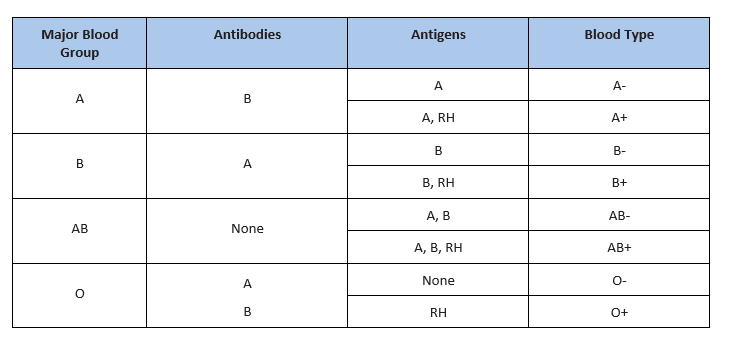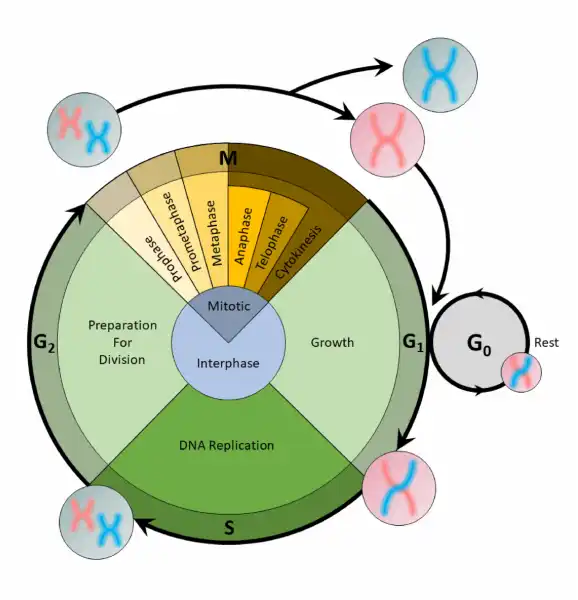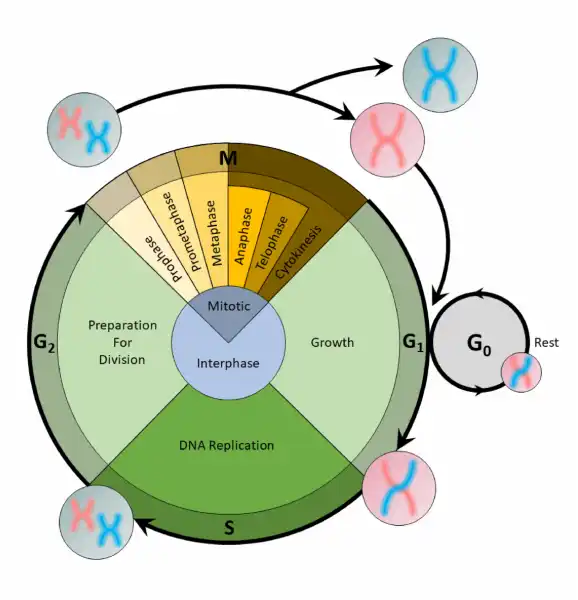Which blood group is a universal donor?
A. A
B. B
C. AB
D. O
A person can be a universal blood donor or acceptor. A universal blood donor has type O blood, while a universal blood acceptor has type AB blood.
There are several different types or groups of blood, and the major groups are A, B, AB, and O. Blood group is a way to classify blood according to inherited differences of red blood cell antigens found on the surface of a red blood cell. The type of antibody in blood also identifies a particular blood group. Antibodies are proteins found in the plasma. They function as part of the body’s natural defense to recognize foreign substances and alert the immune system.

Depending on which antigen is inherited, parental offspring will have one of the four major blood groups. Collectively, the following major blood groups comprise the ABO system:
- Blood group A: Displays type A antigens on the surface of a red blood cell and contains B antibodies in the plasma.
- Blood group B: Displays type B antigens on the red blood cell’s surface and contains A antibodies in the plasma.
- Blood group O: Does not display A or B antigens on the surface of a red blood cell. Both A and B antibodies are in the plasma.
- Blood group AB: Displays type A and B antigens on the red blood cell’s surface, but neither A nor B antibodies are in the plasma
In addition to antigens, the Rh factor protein may exist on a red blood cell’s surface. Because this protein can be either present (+) or absent (-), it increases the number of major blood groups from four to eight: A+, A-, B+, B-, O+, O-, AB+, and AB-.

Therefore, the Correct Answer is D.
More Questions on TEAS 7 Science
-
Q #1: What raw inorganic material would an autotroph most likely use to create chemical energy for growth?
A. carbon dioxide
B. minerals in soil
C. decaying matter
D. sugar molecules
Answer Explanation
Autotrophs are organisms that use basic raw materials in nature, like the sun, to make energy-rich biomolecules. Minerals are naturally inorganic.
Autotrophs are organisms that make energy-rich biomolecules from raw material in nature. They do this by using basic energy sources such the sun. This explains why most autotrophs rely on photosynthesis to transform sunlight into usable food that can produce energy necessary for life. Plants and certain species of bacteria are autotrophs.
-
Q #2: What type of reaction is described by the following equation? ZnBr2(aq) + 2KOH(aq) → Zn(OH)2(s) + 2KBr(aq)
A. Synthesis
B. Decomposition
C. Single-Replacement
D. Double-Replacement
Answer Explanation
In this reaction, two elements are trading places hence double-replacement. In the reactants, zinc and bromide ions are together, and potassium and hydroxide ions are together. In the products, zinc and hydroxide ions are together, and potassium and bromide ions are together.
-
Q #3: Which of the following types of tissues include cells of the immune system and of the blood?
A. Connective
B. Epithelial
C. Muscle
D. Neural
Answer Explanation
A tissue is a group of cells with similar structure and function and similar extracellular substances located between the cells. The table below describes the four primary tissues found in the human body.
body.

-
Q #4: Mendel discovered the pattern associated with _____after developing a series of rules in genetics.
A. epigenetics
B. heredity
C. heterogeneity
D. taxonomy
Answer Explanation
Mendel was accurately able to predict the patterns of heredity by studying rules related to genetics. These rules helped shape his theory of heredity. Heredity is the characteristics offspring inherit from their parents.
From experiments with garden peas, Mendel developed a simple set of rules that accurately predicted patterns of heredity. He discovered that plants either self-pollinate or cross-pollinate, when the pollen from one plant fertilizes the pistil of another plant. He also discovered that traits are either dominant or recessive. Dominant traits are expressed, and recessive traits are hidden.
Mendel’s Theory of Heredity
To explain his results, Mendel proposed a theory that has become the foundation of the science of genetics. The theory has five elements:
- Parents do not transmit traits directly to their offspring. Rather, they pass on units of information called genes.
- For each trait, an individual has two factors: one from each parent. If the two factors have the same information, the individual is homozygous for that trait. If the two factors are different, the individual is heterozygous for that trait. Each copy of a factor, or gene, is called an allele.
- The alleles determine the physical appearance, or phenotype. The set of alleles an individual has is its genotype.
- An individual receives one allele from each parent.
- The presence of an allele does not guarantee that the trait will be expressed.
-
Q #5: What body system is the skeletal system most closely associated with when hematopoiesis happens?
A. Urinary system
B. Digestive system
C. Muscular system
D. Cardiovascular system
Answer Explanation
The cardiovascular system is closely associated with hematopoiesis because it includes the heart and blood vessels, which are responsible for circulating blood throughout the body. Hematopoiesis, the process of blood cell formation, primarily occurs in the bone marrow, which is part of the skeletal system. However, the cardiovascular system plays a crucial role in transporting these blood cells to various parts of the body once they are produced in the bone marrow.
So, while the skeletal system provides the site for hematopoiesis, the cardiovascular system is responsible for distributing the blood cells, making it the most closely associated system in this context.
-
Q #6: What is the correct order of the stages of the cell cycle?
A. G1,S,G2,M
B. G2,S,G1,M
C. M,S,G2,G1
D. S,M,G1,G1
Answer Explanation
The cell cycle is an organized process divided into two phases: interphase and the M (mitotic) phase. During interphase, the cell grows and copies its DNA. After the cell reaches the M phase, division of the two new cells can occur. The G1, S, and G2 phases make up interphase.

- G1: The first gap phase, during which the cell prepares to copy its DNA
- S: The synthesis phase, during which DNA is copied
- G2 : The second gap phase, during which the cell prepares for cell division
It may appear that little is happening in the cell during the gap phases. Most of the activity occurs at the level of enzymes and macromolecules. The cell produces things like nucleotides for synthesizing new DNA strands, enzymes for copying the DNA, and tubulin proteins for building the mitotic spindle. During the S phase, the DNA in the cell doubles, but few other signs are obvious under the microscope. All the dramatic events that can be seen under a microscope occur during the M phase: the chromosomes move, and the cell splits into two new cells with identical nuclei.
-
Q #7: Which is true regarding the Urinary system?
A. Kidneys makes urine, Kidney help regulate water balance.
B. As a person ages, kidney tissue and filtration capacity increase, Regulates levels of electrolytes such as sodium and potassium.
C. Eliminates metabolic wastes., Kidneys makes urine., Kidney help regulate water balance.
D. Kidney help regulate water balance, Regulates levels of electrolytes such as sodium and potassium, Eliminates metabolic wastes
Answer Explanation
Kidneys makes urine is incorrect. Kidneys do not make urine. They help regulate water balance, regulate levels of electrolytes such as sodium and potassium, and eliminate metabolic wastes. Urine is a byproduct of these functions.
As a person ages, kidney tissue and filtration capacity increase is incorrect. As a person ages, the kidneys and bladder change. This can affect functions such as bladder control and how well the kidneys filter blood. Kidney changes range from a decrease in kidney tissue to decreased filtration capacity.
Kidneys help regulate water balance is correct. Kidneys help regulate water balance, regulate levels of electrolytes such as sodium and potassium, and eliminate metabolic wastes. Urine is a byproduct of these functions.
Regulates levels of electrolytes such as sodium and potassium is correct. There must be a continual balance of water and salt in the blood. The urinary system, specifically the kidneys, help maintain this balance. It also balances levels of metabolites or electrolytes such as sodium, potassium, and calcium.
Eliminates metabolic wastes is correct. Urea, creatinine, uric acid, and ammonium are the primary types of nitrogenous wastes excreted from the body. The urinary system also detects and excretes excess water from the blood and out of the body.
-
Q #8: An atom has 28 protons, 32 neutrons, and 28 electrons. What is the name of this isotope?
A. Nickel-32
B. Nickel-60
C. Germanium-56
D. Germanium-60
Answer Explanation
The number of protons, 28, gives the atomic number, which identifies this atom as nickel. The mass is the number after the dash in the isotope name, which is determined by adding the numbers of protons and neutrons (28 + 32 = 60).
-
Q #9: As soon as an invader, known as a(n) _____, enters the body, the body begins to fight.
A. antibody
B. pathogen
C. trigger
D. vaccination
Answer Explanation
Pathogen is an infectious foreign body that enters the body and causes disease or illness to the person. There are five types of pathogens: viruses, bacteria, fungi, protozoa, and worms. Pathogens have antigen proteins found on their surface and are unique to each pathogen.
Antibody is a protein produced by the body’s immune system when it detects harmful substances (antigens). There are many different antibodies found in the body. Each one is unique and protects the body against the specific antigen that it detects at any given time. If there are no antibodies for a specific antigen, the more likely you are to develop an illness.
Vaccinations are the introduction of a dead or disabled pathogen or of a harmless microbe with the protein of a pathogen on its surface into the body. Often administered through needle injection, to stimulate the immune system to produce immunity to a specific disease Immunity protects the body from a disease when exposed to it.
There are four types of immunity: natural/passive, natural/active, artificial/passive, and artificial/ active.
- Natural/passive – Babies receive immunities from breastmilk.
- Natural/active – The body produces antibodies to combat an illness when a person becomes sick.
- Artificial/passive – This immunity is temporary and requires doses of serum to maintain the immunity.
- Artificial/active – A vaccination provides artificial/active immunity.
-
Q #10: What phase is the cell cycle part of?
A. Interphase
B. Metaphase
C. Prophase
D. Telophase
Answer Explanation
Before mitosis or meiosis occurs, interphase must happen. This is when the cell cycle takes place. The cell cycle is an organized process divided into two phases: interphase and the M (mitotic) phase. During interphase, the cell grows and copies its DNA. After the cell reaches the M phase, division of the two new cells can occur. The G1, S, and G2 phases make up interphase.

Free Access on TEAS 7 Exams and Study Notes
- Access to all TEAS 7 Exams
- Performance Tracking and Analysis
- Well Documented and Explained Questions and Answers
- 2000+ Questions and Correct Answers: Answers Well Explained
- Libary of Detailed StudyNotes
- Topical Questions and Answers on Examinable topics
TEAS 7 Exams (Q&A)
TEAS 7 Study Notes
TEAS 7 Topical Tests

TEAS 7 Study Guides
Quick Links
Refer a Friend
Refer a friend and claim free unlimited access

© 2024 ExamGates Made with by ExamGates
